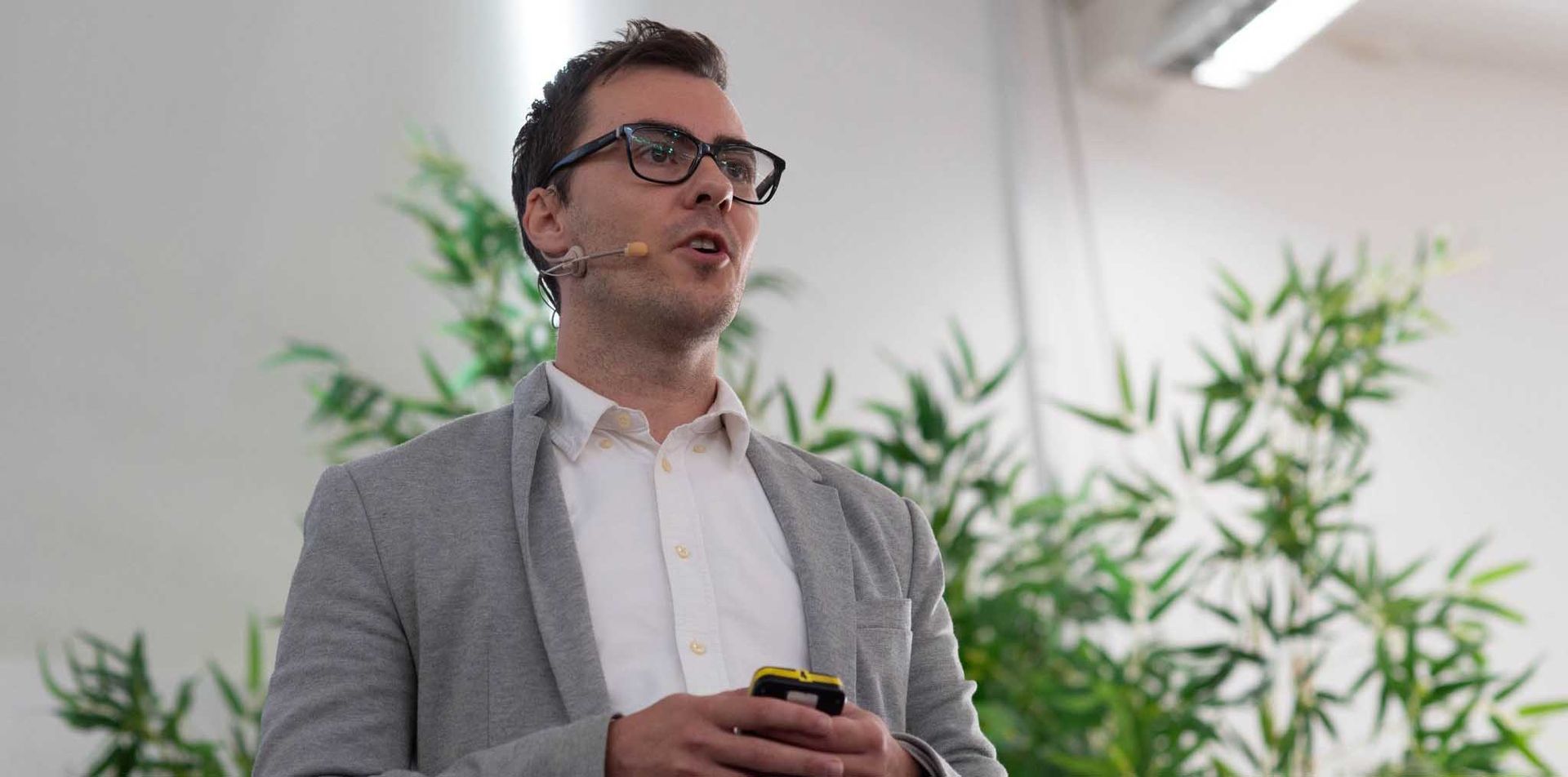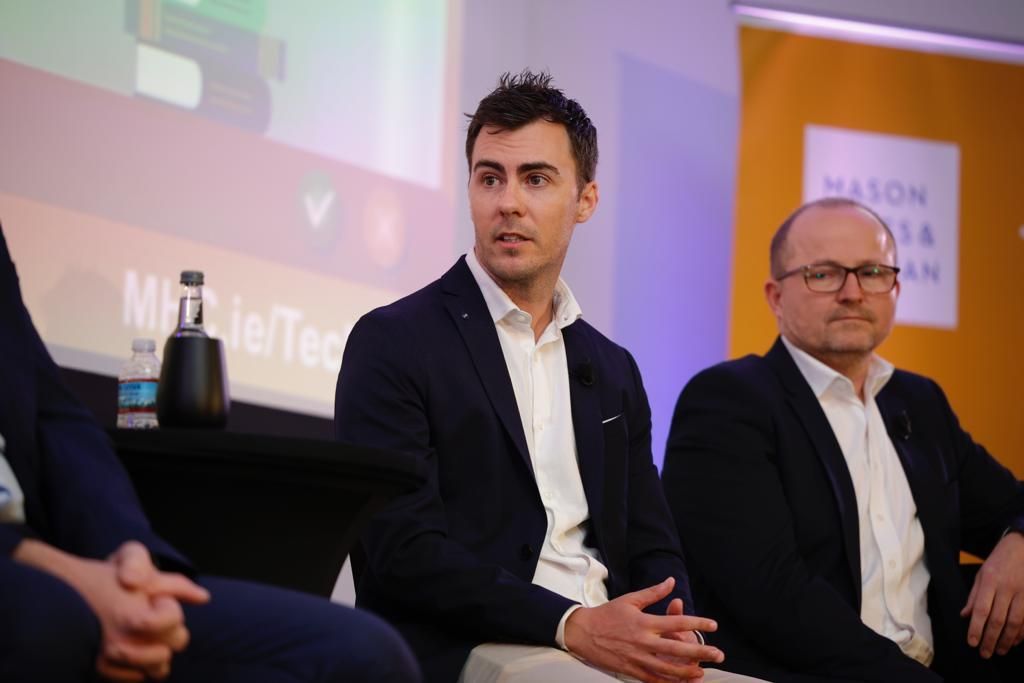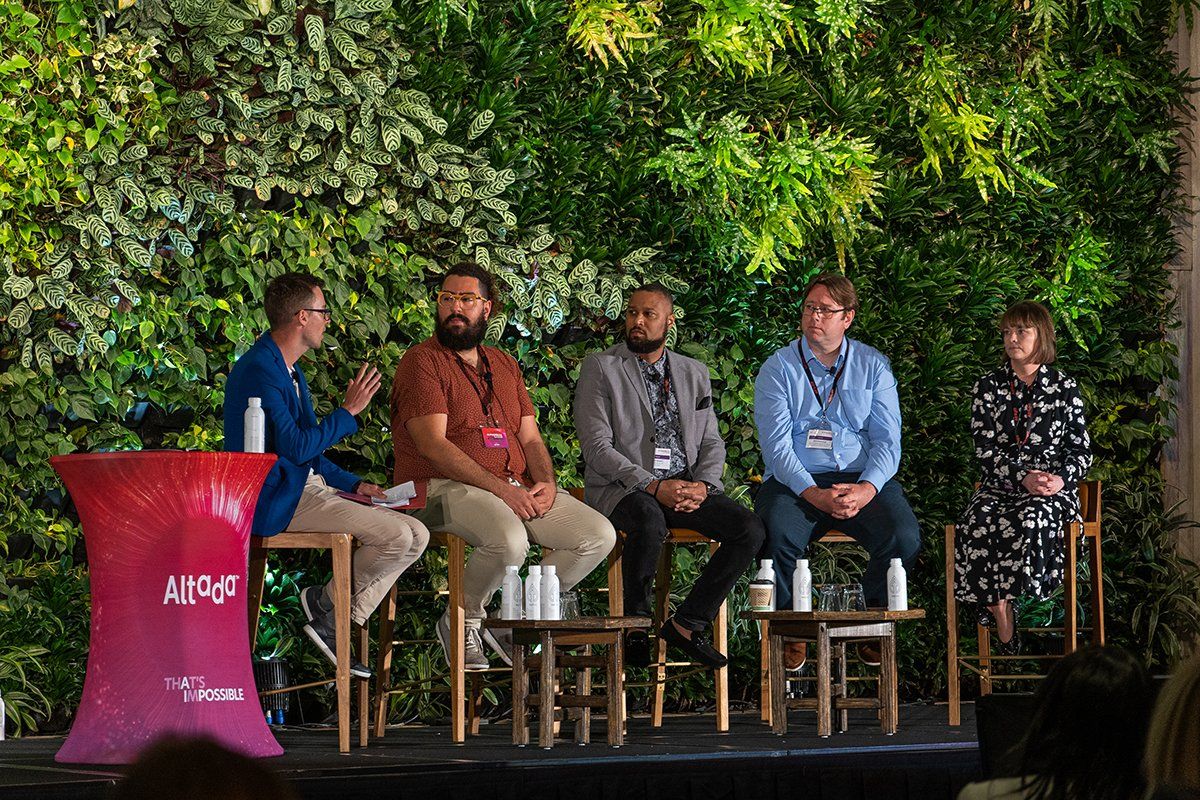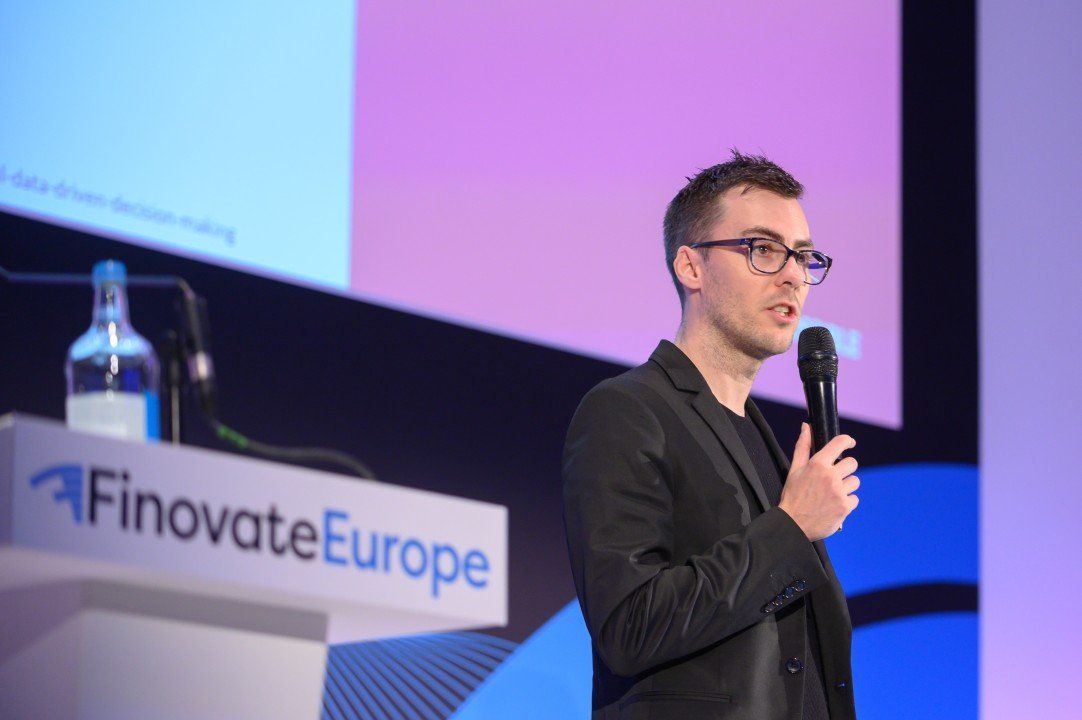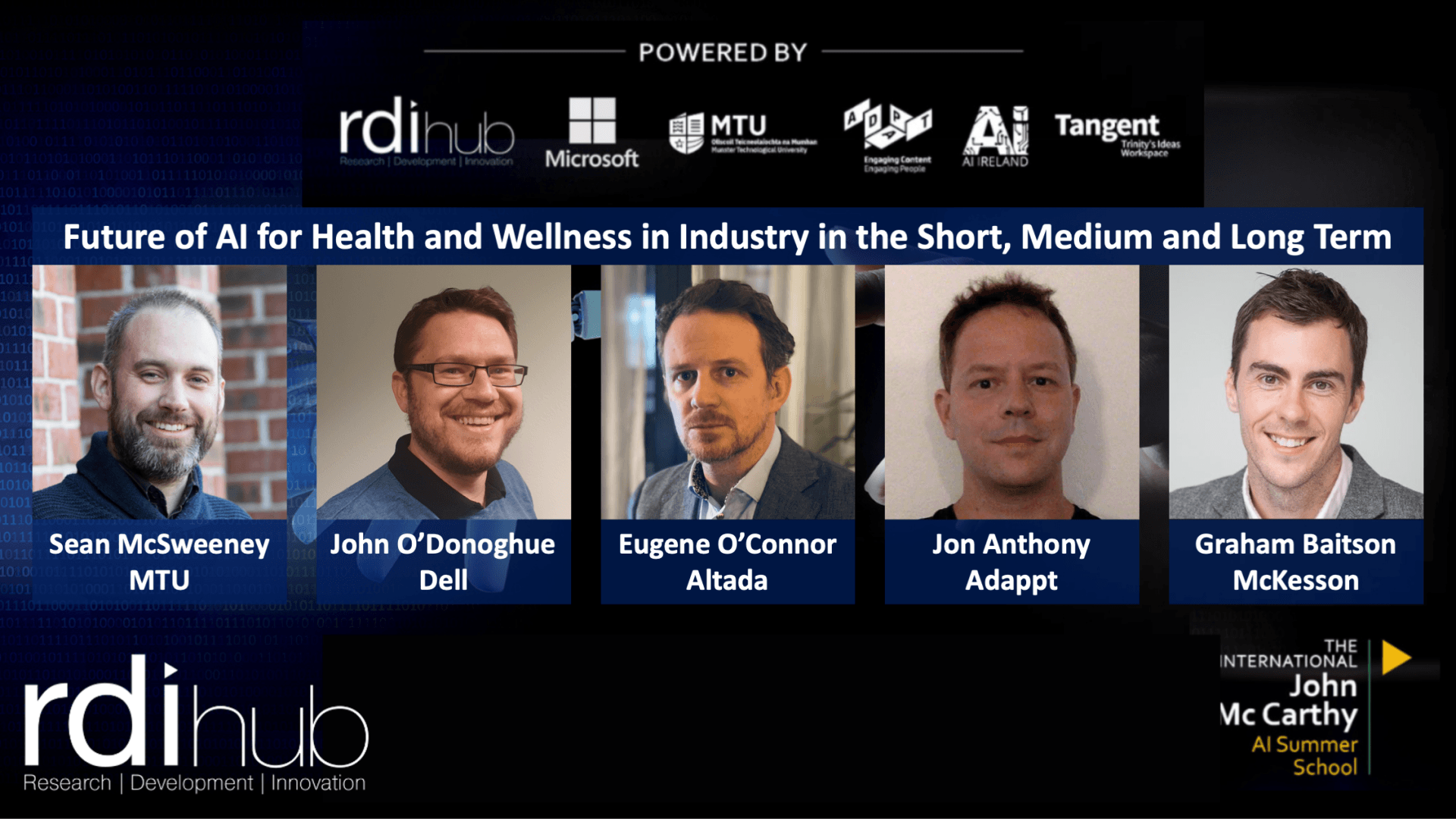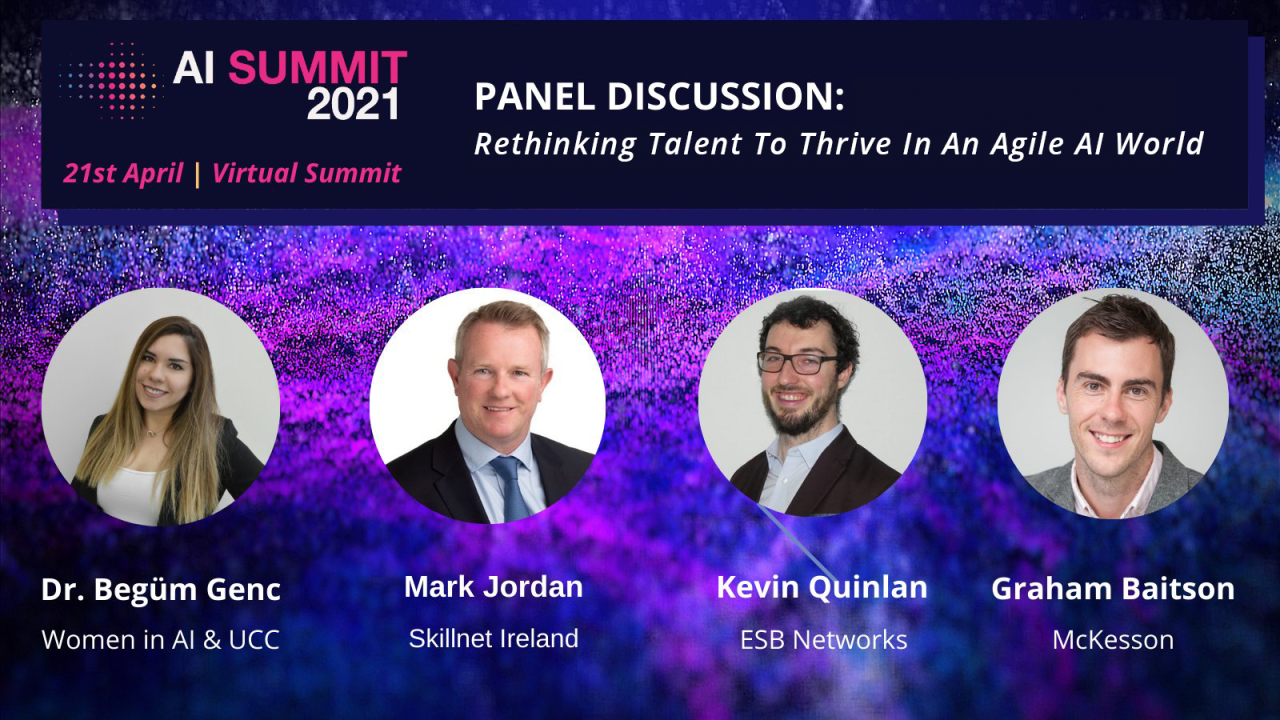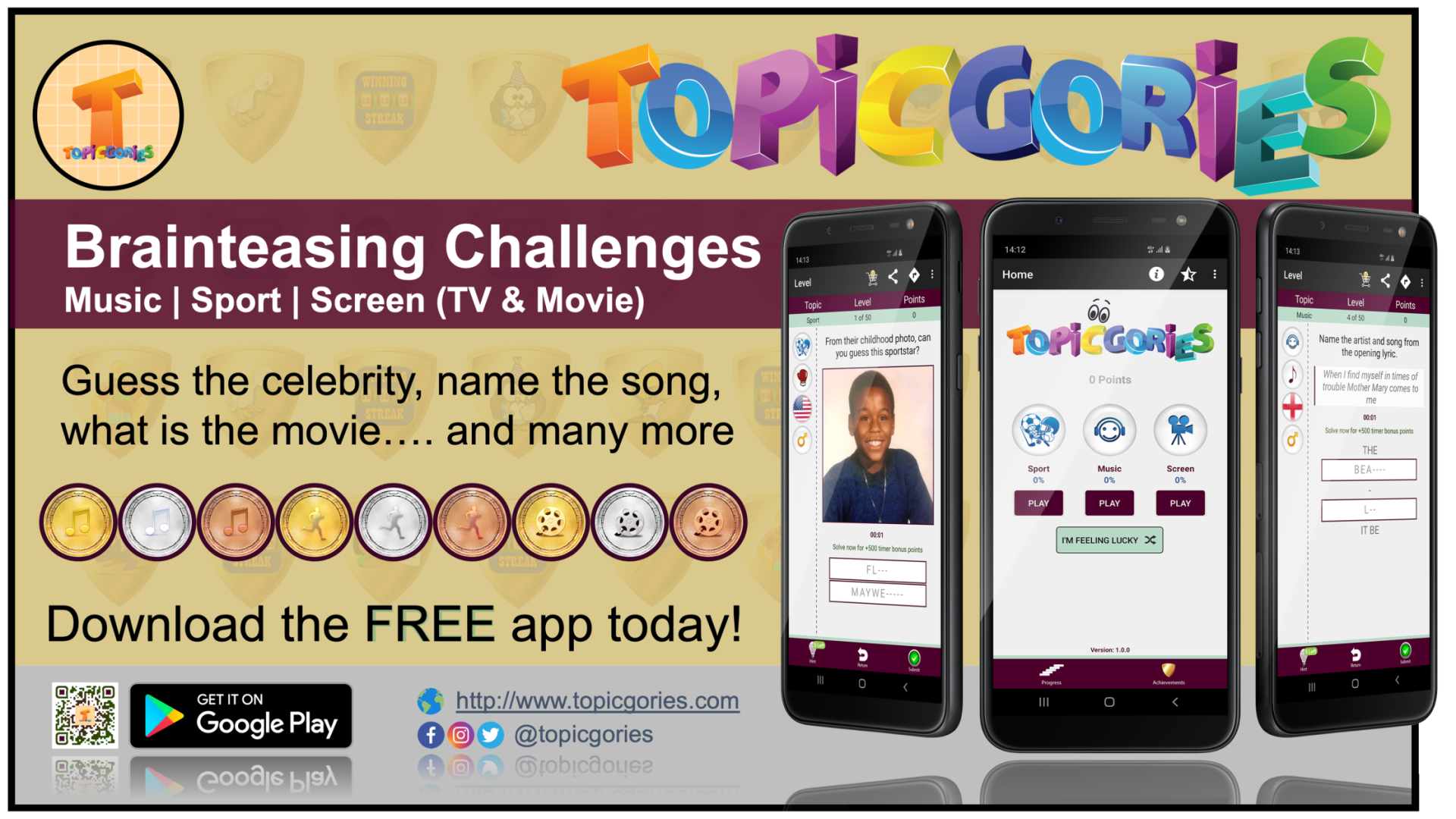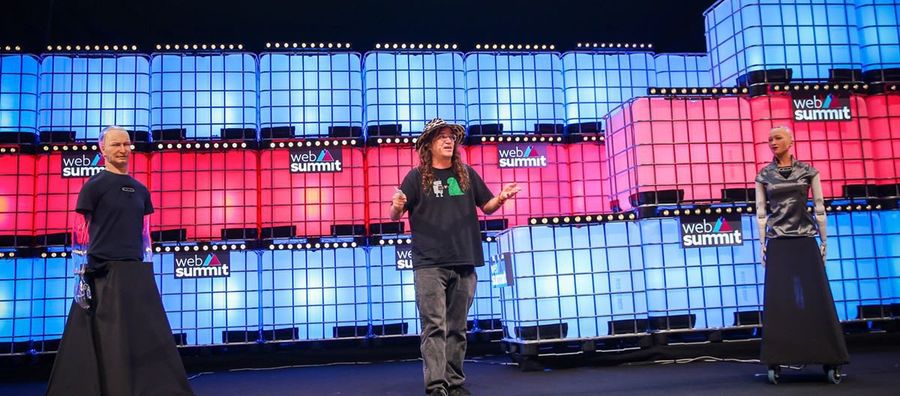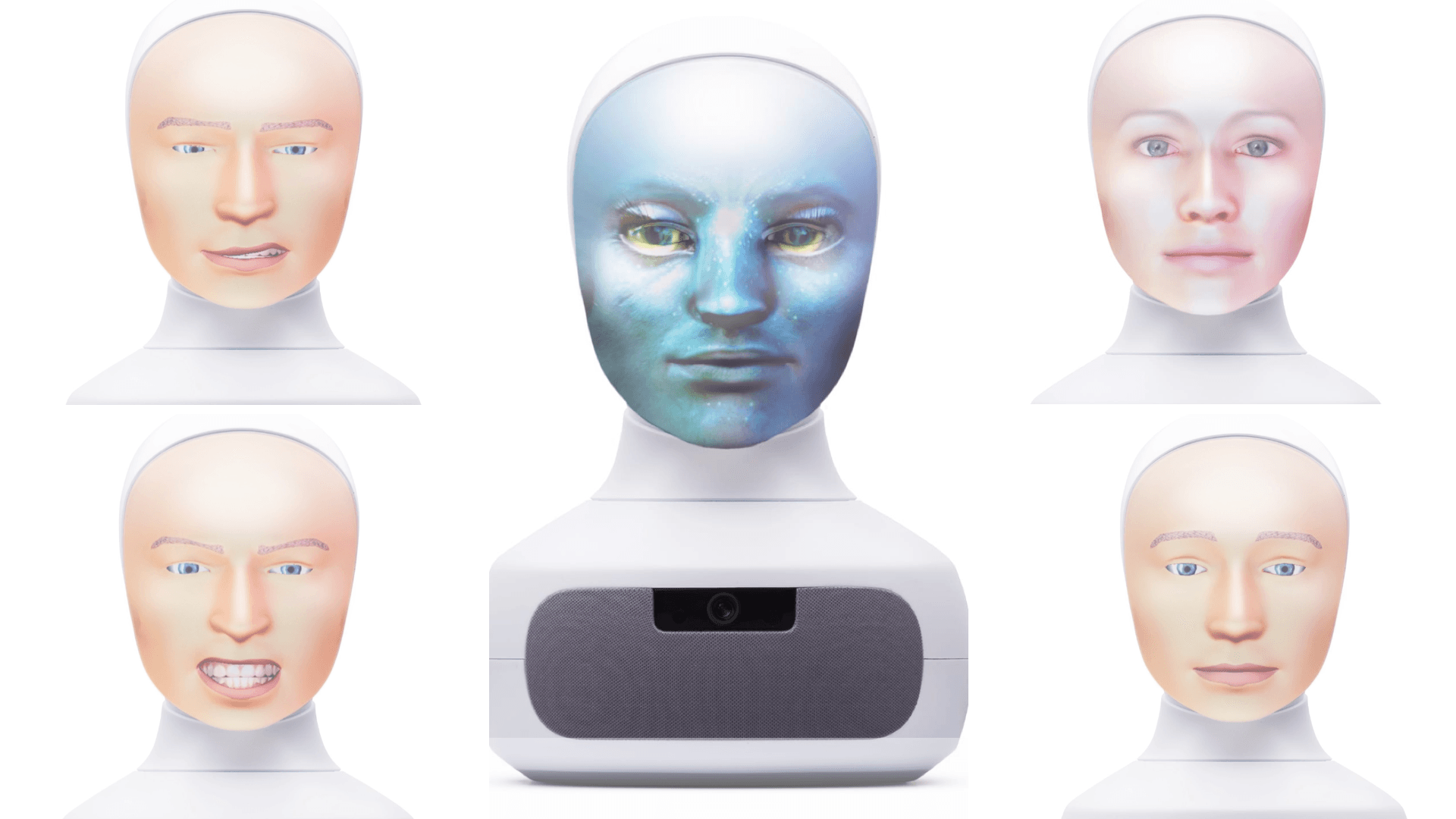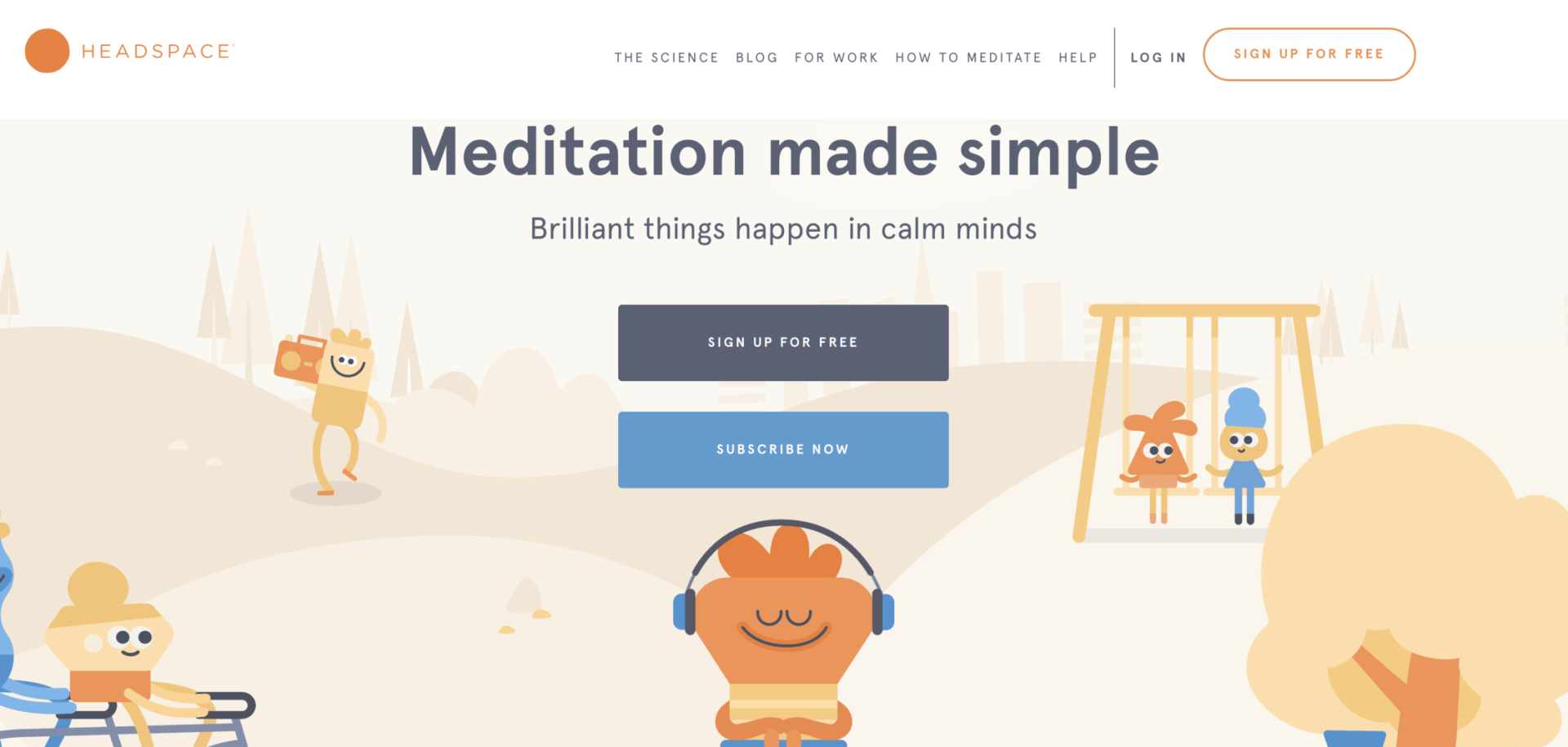Web Summit 2018 - My Top 3 Talks
From sport stars to musicians to robots, and everything in between, this years Web Summit in Lisbon had something for everyone. The following are my top three most interesting talks from the conference.
Furhat Robotics – The Social Robot
Three years ago, I got to witness a talk by Chief Scientist of Hanson Robotics, Ben Goertzel, who unveiled their social humanoid robot, Sophia. Sophia, not only looked incredibly human, but could also hold a conversation and display realistic facial expressions. For me, this was a moment of realisation of what once seemed like science fiction, was slowly becoming a reality; That we are almost on the cusp of The West World. Ben and Sophia, along with the new addition Han the Robot, took centre stage again at this year’s Web Summit to showcase their latest developments.
Figure 1: Sophia, Ben Goertzel and Han from Hanson Robotics
But for me, there was a new robot in town. In terms of ingenuity, application and impact, my highlight came from the CEO of Furhat Robotics, Samer Al Moubayed. Comprising of a team of scientists, designers and engineers, Furhat Robotics is a Social Robotics and Conversational AI start-up from Sweden. With collaboration from more than 100 of the world’s most prominent co-operations such as Intel, Honda and Disney, they unveiled their new robot, along with conversational platform, that could potentially change the future of the industry.
Figure 2: Furhat Robotics - Faces
There seems to be two main approaches within robotics; to make it look as human as possible (i.e. humanoids) or to purposely create the distinction by making it look like a form of non-human (i.e. robot). In the 1970 journal article Uncanny Valley (IEEE Spectrum, 2012), robotics professor Masahiro Mori envisioned how people would react to robots that looked and acted human, an approach that has generated divided opinions across the ethics and robotics community for decades. Mori hypothesised that humans are more likely to interact with robots if they appear more human-like, but only to a point. If a robot appears to be “too” human, they will most likely feel threatened and form feelings of distrust. Either way, there is a common theme that resonates with both approaches; the manufactured robot has a single form factor and personality.
"To do to robotics what the Macintosh done to the PC" - Samer Al Moubayed, CEO of Furhat Robotics
Where Furhat differs is in its ability to customise the face and voice in several ways to create unique characters with their own personalities. Furhat combines the best of both approaches to create realistic human interactions by using these facial expressions to appear human but also being firmly seated on a square base, clearly communicating to the user that it is, in fact, a robot. These components are packaged nicely into a perfectly formed robot allowing Furhat to act as a personal assistant, provide customer service/care and also act as a learning tool for scenario-based training.
Video 1: Furhat Robotics Live Demo
It is hard to say when these robots and their corresponding form factors will start to become heavily integrated within the community, but one thing is for sure, it will happen at some point, whether we like it or not.
Jonas Blue – Creating a Hit Song Using Technology
Growing up as a young boy, I think I had the same aspirations of being a famous sport star, musician or movie star as most kids my age. Rolling back almost 18 years at this stage, in pursuit of one of those many dreams I had, I remember, as the rain clattered off the tin roof, we finished our final rehearsal session in a small non-soundproofed shed in North Dublin. We then packed up the microphones, guitars, amplifiers and drums to proceed to the recording studio for what we thought was going to be our big break; our first hit record. Unfortunately, no number 1 proceeded. With the introduction of technology, these procedures have drastically changed as rehearsal and recording studios have made their way into the bedroom of musicians across the globe.
Daniel Haver, CEO of Native Instruments was speaking just before Jonas about their journey of software instrument pioneers with their aim of turning computers into musical instruments. Predominantly, music creation is hard to find (i.e. which tools to use, what content to create), hard to do (i.e. you need to be technical savvy) and hard to fund (i.e. not as cheap as it could be). Their software provides a central hub, seamless experience at affordable pricing for music creation and production. One of their early works was an emulation of the Hammond B3 Organ which they called the B4.
"In 1999, when Stevie Wonder came by our booth at the NAMM Show in California, he listened to the B4 and said it sounds like the real thing, that's when we knew and the world knew that software could sound as great or even better than instruments" - Daniel Haver, CEO of Native Instruments
Video 2: For the Music in You – 9 New Products and 3 Updated Platforms | Native Instruments
In the keynote, Jonas Blue showed, with the help of technology, how to create a hit using 92 music layers, 3 unsigned signers and 1 laptop. I have seen many of these song breakdowns before but it was great to see it in person and also hear the inspiration and thought process behind creating and combining each of the songs elements in a very knowledgable and explanatory fashion. He explained his tradition of finding and providing a platform for unestablished artists and described how he brings together the different components and dynamics into a song. For his song vocals, he discovered the singer Dakota for his first track "Fast Car" in a bar in London, JP Cooper for his second track "Perfect Strangers" who was singing in pubs in London and Raye for his third single "By Your Side" in the back of an Uber.
Video 3: EDM Production Masterclass with Jonas Blue
When you listen back to chart songs over the last decade or so, it's clear to see the impact that technology has had in terms of the providing collaborations, enhancing production quality and new sound generation. I'm really looking forward to seeing how technology will continue to influence the sounds of the future hits.
Protecting Mental Health from the App Store
I've been involved with the State of Mind Ireland now for a few years, a team of service users, players, coaches, mental health experts and sport professionals whose principle aim is to raise awareness of mental health (State of Mind Ireland, 2018), so the talk "Open your mind: Why mental health care needs new options" was of particular interest to me. Figures from the World Health Organisation (WHO) state that one in four people suffer with mental health problems and almost half a billion people at any one time suffer from such conditions (World Health Organisation, 2011). Dame Til Wykes, Professor of Clinical Psychology and Rehabiitation at Kinds College London and Megan Jones Bell, Chief Science Office at Headspace described how technology is leading and also creating challenges towards the mental health revolution.
Figure 3: Headspace Mobile App
Whether it's to monitor psychological behaviour or to look for new ways to tackle the invisible enemy, technology has provided a platform for a plethora of information. The problem is that there is no regulation in terms of what information these websites and mobile apps display and who created the content. There are now more than 325,000 healthcare apps in the store (Research 2 Guidance, 2017) and it's important to note that the star rating of these app do not indicate the validity of the content and could even potentially delay the correct treatment process and result in recovery being prolonged if the user was to follow incorrect procedures. Til Wykes stated that mental health programmes need to have clinicians and mental health service users involved when creating the content and both Google and Apple need to step up and become more responsible when publishing mental health apps on their stores. She outlined 4 principles that need to be implemented at the point of sale:
- Concise and condensed information on the security and privacy of the data in relation to who has the data, how are they going to use it and is it safe.
- Information on how the application was developed. Was it created with service users and clinicians? Was it tested with service users and clinicians?
- Information on the dosing and feasibility.
- Information on the benefits.
Jones Bell then followed on from this to say that randomised control trials need to be put in place for testing these apps so show how beneficial they can be, and also specifically highlighting how many people don't get a benefit. This is a very important point as when people don't get a benefit, and they are already in a vulnerable and fragile state of mind, they won't go into further depression and experience enhanced mental health issues thinking that they are the only ones who cannot feel the benefits from the app. She then concluded that meditation should also be used to enhance a persons resilience.
Video 4: Why mental health care needs new options
I will leave you with one of favourite quotes, which is thought to have originally been quoted by Ian Maclaren and has further been attributed to Plato, Socrates and others.
“Be kind, for everyone you meet is fighting a hard battle”
References
- IEEE Spectrum. (2012). The Uncanny Valley: The Original Essay by Masahiro Mori. [online] Available at: https://spectrum.ieee.org/automaton/robotics/humanoids/the-uncanny-valley
- Figure 1: Sophia, Ben Goertzel and Han from Hanson Robotics. https://cdnimages01.azureedge.net/renascenca/sophia_e_han_na_web_summit_foto_jose_sena_goulao6500ee23_socialshare.jpg
- Figure 3: Headspace Mobile App. https://www.headspace.com/
- Headspace. (2018). Meditation and Mindfulness Made Simple - Headspace. [online] Available at: https://www.headspace.com/
- Research 2 Guidance. (2017). 325,000 mobile health apps available in 2017 – Android now the leading mHealth platform. [online] Available at: https://research2guidance.com/325000-mobile-health-apps-available-in-2017/
- State of Mind Ireland. (2018). Changing Conversations | Changing Lives. [online] Available at: http://stateofmindireland.com/
- World Health Organisation. (2011). Mental disorders affect one in four people. [online] Available at: https://www.who.int/whr/2001/media_centre/press_release/en/
- Video 1: websummit 2018:Samer Al Moubayed, co founder & CEO of Furhat Robotics, gives us a live demo. https://youtu.be/k5Zc8IO8hec?t=1
- Video 2: For the Music in You - 9 New Products and 3 Updated Platforms | Native Instruments. https://youtu.be/FSgsFgY21u8?t=1
- Video 3: EDM Masterclass with Jonas Blue. https://youtu.be/3U8uw4960N0?t=1
- Video 4: Why mental health care needs new options. https://youtu.be/k522d0qnnhA?t=1
